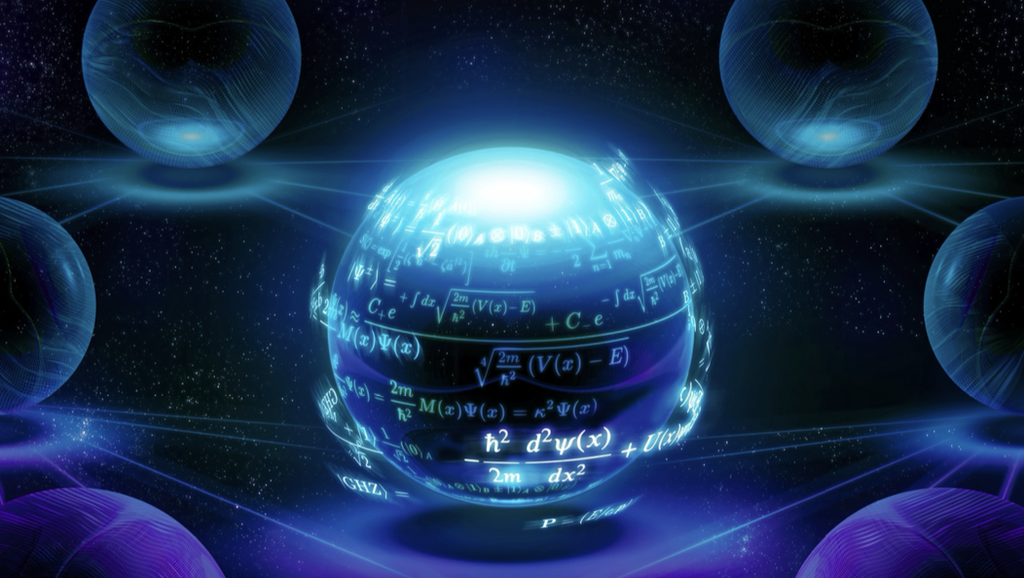Quantum Space Innovation Center

JPL’s Quantum Space Innovation Center (QSIC) consists of a virtual Center at JPL to harness and leverage breakthrough quantum technologies that enable new science, and a Hub to build connections with universities and industry to exploit collaborative opportunities and develop a quantum workforce.
- JPL's Proven Track Record in Quantum Technologies: JPL has a distinguished history of advancing quantum technologies in space. Key milestones include the deployment of a terrestrial quantum gravity gradiometer in 2009, the Cold Atom Lab on the ISS in 2018, the Deep Space Atomic Clock in 2019, and the upcoming Quantum Gravity Gradiometer Pathfinder mission, slated to begin in 2024. Our research spans various areas, including quantum detectors, quantum communication, and advanced sensors such as vector magnetometers.
- Growing Interest and Need for Coordination: Quantum technology has garnered significant interest from both U.S. and international space agencies. However, there has been a lack of coordinated responses to potential sponsors and a need to better prioritize our efforts in this rapidly evolving field.
- Establishment of a Dedicated Quantum Center: To address these challenges, JPL is establishing a Center focused on leveraging breakthrough quantum technologies to enable new scientific discoveries. This Center will also function as a Hub to foster connections with industry and academic institutions, creating a robust talent pipeline.
- Information Sharing: News and opportunities related to quantum technologies will be disseminated through an interest group. We encourage everyone to join this group to stay informed.
- Formation of the Quantum Hub: The Center will create a Quantum Hub in collaboration with nice universities—Caltech, UCLA, UCSB, UCSD, USC, UC Berkeley, U Colorado, ASU, and the University of Arizona—as well as GSFC, ARC, and GRC. This Hub will share facilities and resources to seize new opportunities and offer curriculum and seminar series to attract the next generation of quantum physicists and engineers, with a focus on diversity. There will be additional universities joining soon.
- Long-Term Roadmap: The Center will publish a 20-year roadmap to advance quantum technologies, working in coordination with NASA and the hub members.
- Coordination and Assessment: The Center will streamline JPL’s responses to sponsor inquiries and conduct annual assessments of JPL’s quantum technology capabilities.
ESTO Quantum Report
This is a final report from NASA Earth Science Technology Office (ESTO) workshop at NASA Ames in August, 2024. Quantum technologies hold the potential to bridge observational gaps in Earth-related studies and offer significant advantages over traditional sensing methods. A group of engineers, Earth scientists, and quantum experts recently gathered at NASA’s Ames Research Center (ARC) to share ideas on quantum technologies. The goal was to identify important Earth science remote sensing requirements that are difficult to accomplish using the current remote sensing concepts, and recommend various potential pathfinder applications of quantum sensing to Earth science remote sensing.
Director:
Jason Hyon
Deputy Director:
John Callas, Ed Chow
URS334901

